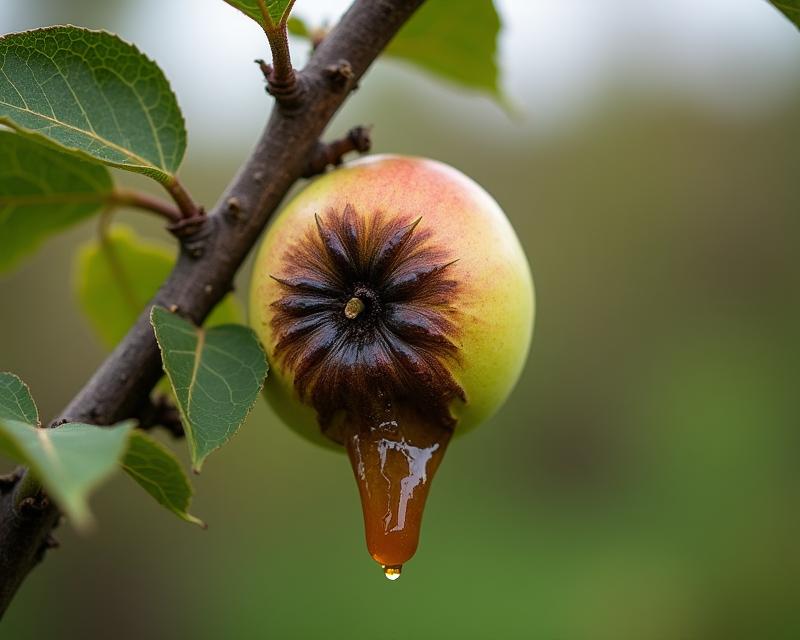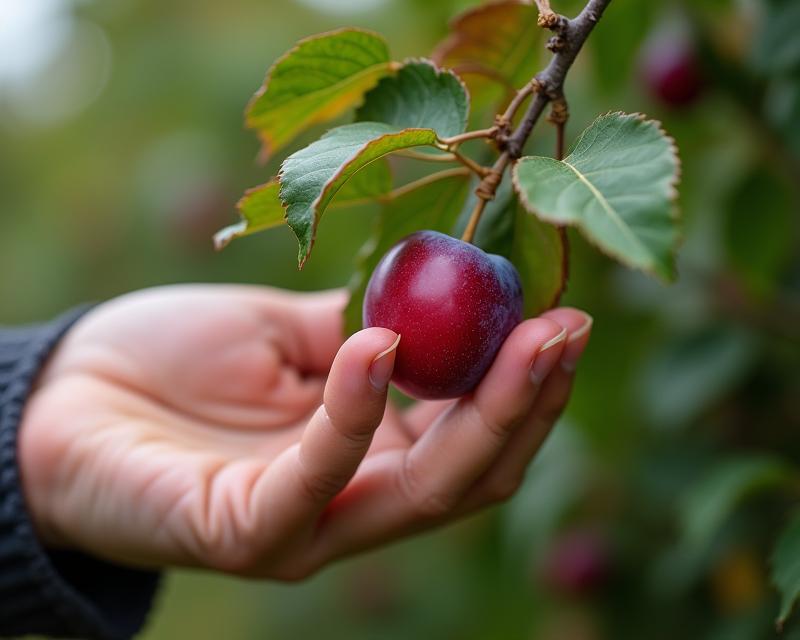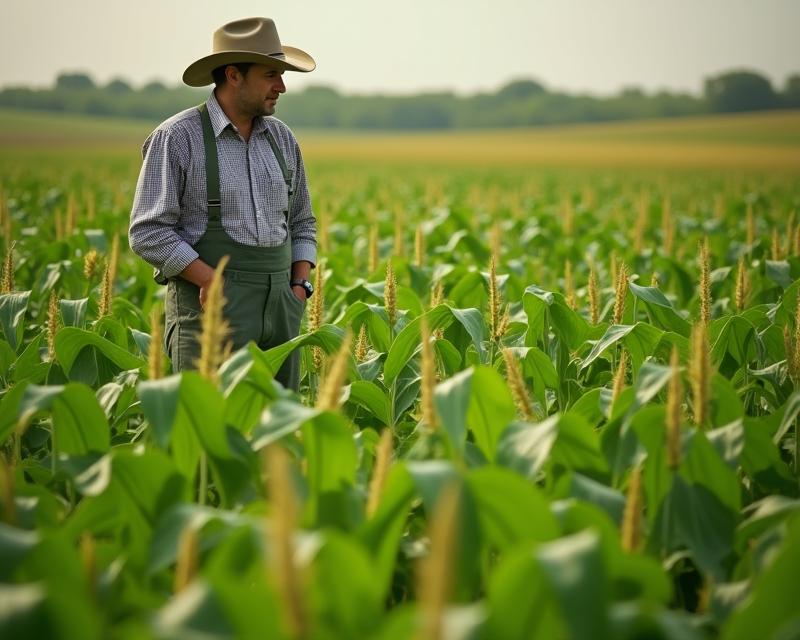Medicinal Herbs: Growing Power on Your Farm
Publish in Crops el 28/06/2025 22:35
Growing Medicinal Herbs on Your Small Farm
Many small farmers are looking for ways to diversify their income streams and connect with consumers in a meaningful way. Growing medicinal herbs offers a fantastic opportunity to do both! Beyond their therapeutic properties, these plants can be beautiful additions to a farm landscape and offer a unique selling point for farmers markets, CSA programs, and direct sales.

Choosing the Right Herbs
The first step is selecting herbs that thrive in your climate and appeal to your target market. Popular choices include chamomile, lavender, echinacea, calendula, mint, and lemon balm. Consider your soil type, sunlight exposure, and water availability when making your selection. Research the specific needs of each herb to ensure successful cultivation. Starting with a few key herbs and expanding gradually is a good strategy for beginners.
Cultivation and Care
Most medicinal herbs are relatively easy to grow, but they still require proper care. Well-drained soil is crucial to prevent root rot. Provide adequate sunlight – most herbs need at least 6 hours of direct sun per day. Regular watering is essential, especially during dry periods, but avoid overwatering. Mulching helps retain moisture and suppress weeds. Consider companion planting to benefit your herbs – for example, planting lavender near cabbage can deter pests.
Harvesting and Processing
Knowing when to harvest is key to maximizing the potency of your herbs. Generally, harvest herbs before they flower, as this is when their essential oils are most concentrated. Different herbs have different harvesting times, so research each one individually. Proper drying and storage are vital to preserve the medicinal properties of your herbs. Learn about different drying methods, such as air drying, oven drying, or using a dehydrator. Store dried herbs in airtight containers in a cool, dark place.
Marketing Your Harvest
Once you have a bountiful harvest, it's time to market your medicinal herbs. Farmers markets are a great place to connect directly with customers and educate them about the benefits of your herbs. Consider offering dried herbs, teas, tinctures, salves, or infused oils. Partner with local health food stores or apothecaries. A well-crafted label with information about the herb's origin, uses, and growing practices will add value to your product. Don't forget the power of online marketing through social media and a farm website!





